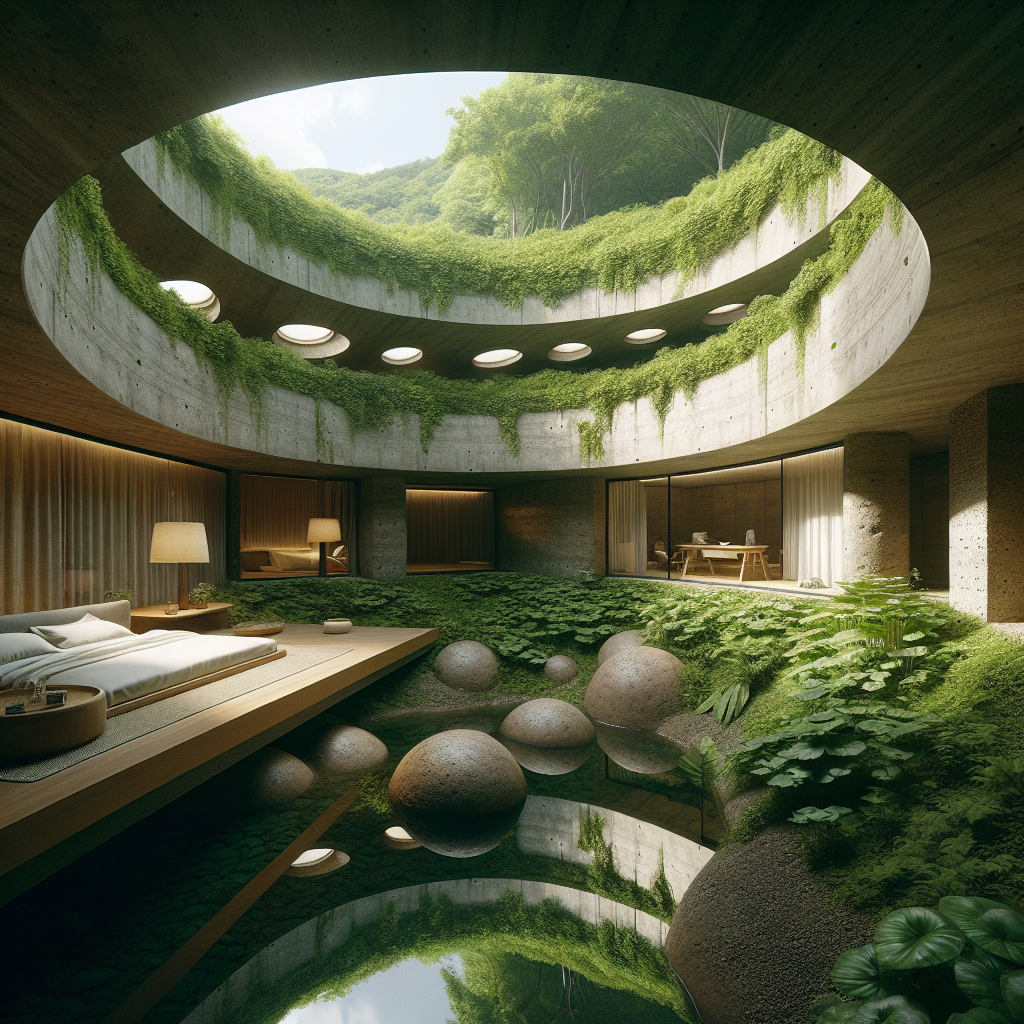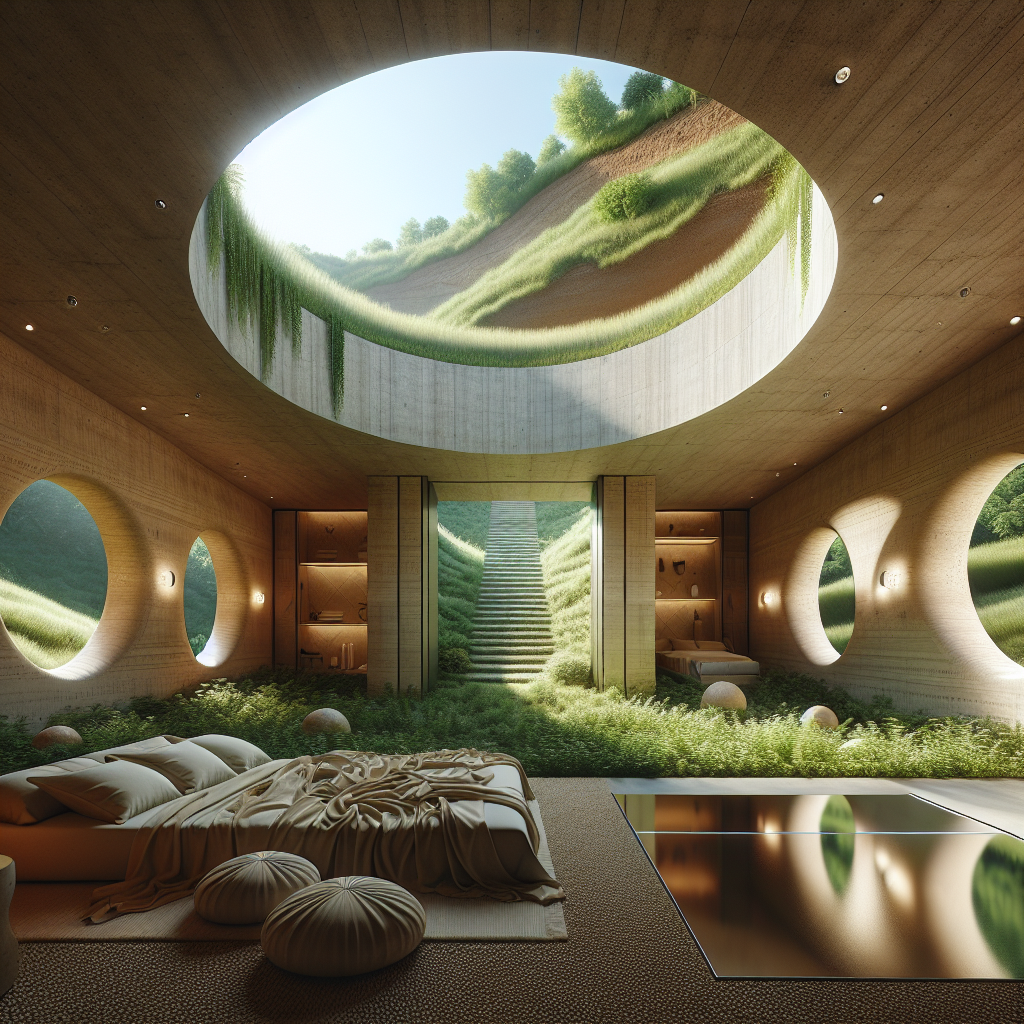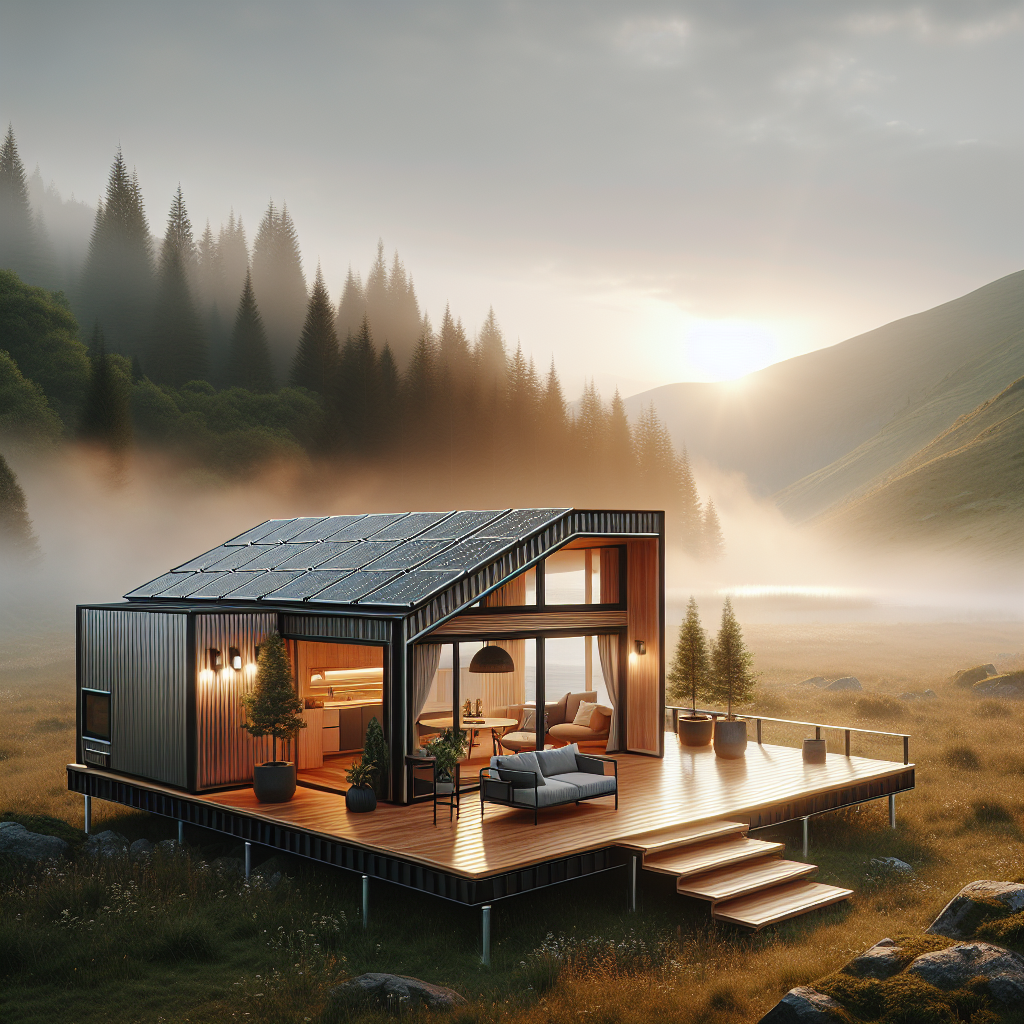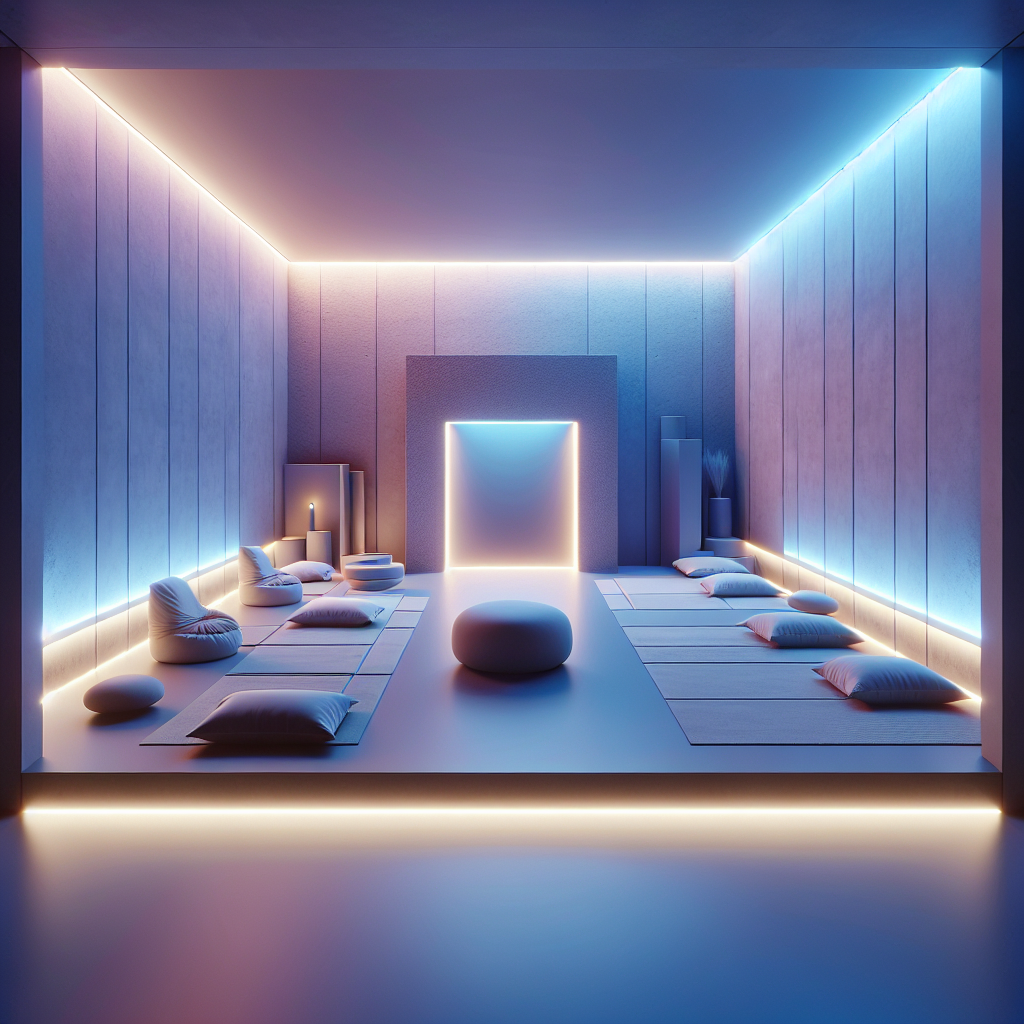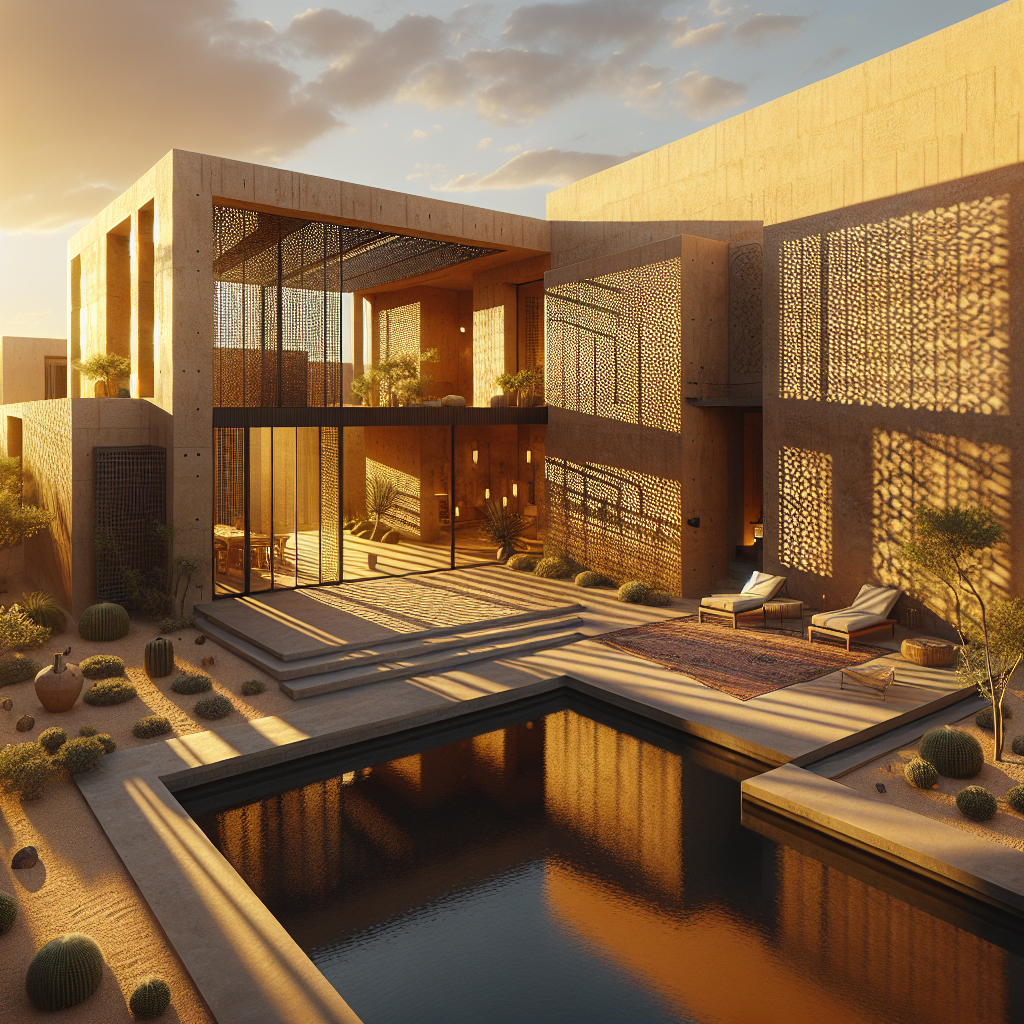Earth-sheltered serenity blending: subterranean bedrooms with natural landscapes

Earth-Sheltered Serenity Blending: Subterranean Bedrooms with Natural Landscapes
In an era where architecture seeks equilibrium between environmental responsibility and emotional refuge, earth-sheltered architecture has resurfaced as a profound expression of harmony with nature. Subterranean bedrooms—spaces literally carved into the earth—are emerging as the ultimate sanctuaries of serenity, merging geological intimacy with biophilic design principles. These underground retreats are not merely aesthetic statements; they represent a philosophical shift toward architecture that listens to the land rather than imposing upon it.
The Quiet Revolution Beneath Our Feet
For centuries, civilizations have sought the earth’s embrace for protection and comfort. From the ancient Cappadocian cave dwellings in Turkey to the Sassi di Matera in Italy, subterranean living has long offered natural insulation, acoustic calm, and a profound sense of rootedness. Today, this ancient wisdom is being reinterpreted through contemporary lenses of sustainability, minimalism, and sensory design.
Modern architects are reimagining these spaces as subterranean sanctuaries—bedrooms seamlessly integrated into the landscape, where soil, stone, and light converge to create an atmosphere of meditative stillness. This approach aligns with the broader architectural trend of biophilic design, which prioritizes human well-being through direct and indirect connections with nature.
Designing for Silence and Sensation
Unlike traditional bedrooms, subterranean spaces demand a rethinking of sensory priorities. Here, light becomes sculptural. Architects employ skylights, light wells, and mirrored shafts to channel daylight deep into the interior, creating an interplay of shadow and illumination that shifts with the sun’s arc. The result is a living choreography of light that replaces the static glow of artificial fixtures.
Materiality, too, plays a crucial role. Raw concrete, rammed earth, and local stone dominate these interiors, their textures evoking geological time. Designers often leave walls unfinished, allowing the tactile grain of the earth to breathe. In some projects, moisture-regulating clay plasters are used to stabilize humidity and enhance air quality, turning the subterranean bedroom into a naturally balanced microclimate.
Acoustically, these spaces are unmatched. The surrounding soil absorbs external noise, creating a cocoon of near-total silence. This quality has led to a growing interest in subterranean bedrooms among wellness-oriented homeowners and boutique hospitality designers seeking to craft environments conducive to deep rest and sensory recalibration.
Case Studies: Earth Meets Elegance
One of the most striking examples of subterranean serenity is the Villa Vals in Switzerland, designed by SeARCH and CMA. Embedded into an Alpine slope, the residence opens through a circular façade that mirrors the surrounding terrain. The bedrooms, located deeper within the mountain, are illuminated by recessed light wells and panoramic glass portals that frame the valley beyond. The architecture achieves a delicate balance between concealment and openness—a recurring theme in contemporary earth-sheltered design.
In Iceland, the Torfhús Retreat reinterprets traditional turf houses with a modern sensibility. Its underground suites, topped with living roofs, merge seamlessly with the volcanic landscape. Inside, natural basalt walls and geothermal heating create a primal yet luxurious ambiance. The design demonstrates how subterranean architecture can serve both ecological and experiential goals, minimizing visual impact while maximizing comfort.
Similarly, in the American Southwest, architects are experimenting with desert-integrated bedrooms that borrow from ancient adobe techniques. These projects use rammed earth and passive cooling strategies to maintain stable temperatures year-round—an approach reminiscent of lessons explored in ancient desert architecture.
Engineering the Invisible: Sustainability Below Ground
From an environmental standpoint, subterranean bedrooms are inherently efficient. The earth acts as a natural insulator, reducing heating and cooling demands by up to 80% compared to conventional structures, according to data from the U.S. Department of Energy. This passive thermal regulation aligns with the growing movement toward net-zero energy buildings and sustainable living.
Beyond energy performance, these designs minimize land disturbance and visual pollution. By embedding structures into the terrain, architects preserve natural topography and vegetation, allowing the landscape to remain the dominant visual narrative. Green roofs and rainwater harvesting systems further enhance ecological integration, turning the building into an active participant in its environment rather than a disruptor.
Some designers are also exploring circular construction techniques—using excavated soil as a building material for rammed-earth walls or compressed-earth blocks. This closed-loop approach echoes the ethos of zero-waste architecture, where every element of the design process contributes to environmental stewardship.
Psychological Depth: The Subconscious Appeal of the Underground
Beyond sustainability, subterranean bedrooms tap into a deeper psychological dimension. The act of sleeping within the earth evokes primal associations of safety, enclosure, and retreat. In a world increasingly defined by overstimulation, these spaces offer a counterpoint—a return to elemental simplicity.
Architectural psychologists have noted that spaces with low light, natural textures, and enveloping acoustics can lower cortisol levels and enhance sleep quality. The absence of external noise and light pollution allows the body’s circadian rhythms to recalibrate, making subterranean bedrooms not just architectural curiosities but potential tools for holistic wellness.
Designers are responding by crafting interiors that emphasize tactile comfort and emotional grounding. Soft textiles, organic forms, and subtle scent diffusers are integrated into these spaces to create a multi-sensory cocoon. The result is an environment that nurtures both body and mind—a contemporary echo of ancient cave dwellings reimagined for the modern psyche.
Technological Integration: Smart Systems Beneath the Surface
While rooted in nature, today’s subterranean bedrooms are far from primitive. Advanced ventilation systems ensure air circulation without compromising insulation, while humidity sensors and geothermal pumps maintain ideal living conditions. Smart lighting systems mimic the color temperature of natural daylight, supporting circadian health even in windowless zones.
These innovations align with the broader evolution of smart home technology, where architecture and digital intelligence coalesce to enhance comfort and sustainability. The underground setting becomes a canvas for discreetly embedded systems—technology that serves serenity rather than spectacle.
Future Horizons: The New Luxury of Stillness
As climate volatility and urban density reshape the way we inhabit the planet, subterranean architecture offers a quietly radical alternative. It represents a shift from vertical expansion to depth-oriented design—a movement toward introspection in both form and philosophy. In high-end residential projects, subterranean bedrooms are becoming symbols of understated luxury: spaces that privilege privacy, sustainability, and sensory refinement over ostentation.
Architects are increasingly viewing the earth not as a barrier but as a collaborator—a living material that shapes experience. The emerging generation of designers, influenced by both environmental ethics and poetic minimalism, is exploring how underground spaces can embody a new kind of modernity: one that values silence as much as spectacle, shadow as much as light.
In this convergence of geology, technology, and emotion, subterranean bedrooms stand as profound expressions of earth-sheltered serenity. They remind us that the future of architecture may not always reach for the sky—but sometimes, quite beautifully, it chooses to rest within the ground.
Keywords: earth-sheltered architecture, subterranean bedrooms, biophilic design, sustainable architecture, underground homes, natural landscapes, eco-luxury design, net-zero buildings

